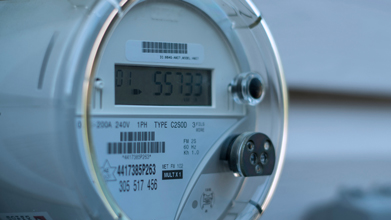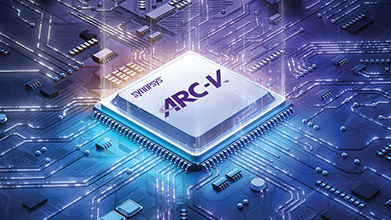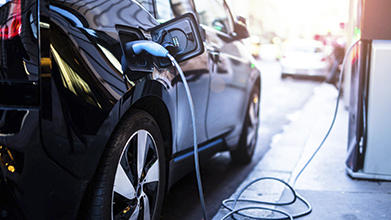Cloud native EDA tools & pre-optimized hardware platforms
Two cupcakes sitting together in the oven. One says to the other “Wow, it’s getting hot in here.”
The other cupcake says, “Oh my gosh! A talking cupcake!”
The Internet of Things (IoT) refers to the huge market of product connected to the internet that aren’t phones, tablets, TVs, or set top boxes. It includes anything from wearables like smartwatches and fitness bands tracking heart rates, steps taken, flights of stairs walked, heart rates, appointment reminders, text messages and occasionally the time of day. The other broad category is for machine to machine communication. Often these devices report current conditions or control systems and report/receive commands to other systems, Skynet or H.A.L. or whoever.
Wireless & Low Power
They often have networking of some kind. WiFi, Zigbee, and Low Power Bluetooth. They may be fully wired into the internet in some cases. Some are battery powered, solar powered, or tethered to AC power.

IoT devices will be everywhere reporting to us through a machine intermediary or plugged in directly to our brains through our eyes and ears.
Since USB is everywhere, the logical question is “USB in IoT SoC? Which markets and why”
How will USB be used in IoT?
USB is used for power and programming. With Wearables, USB is the only consumer interface:
- It’s a small form factor connector (USB Type C or USB-C)
- Faster charging with USB-C at 15W
- Supported at
- USB 1.1 (Low Speed/Full Speed) up from 2.5W
- USB 2.0 (High Speed), and USB 3.0 up from 2.5 W
- USB 3.0 (SuperSpeed or USB 3.1 Gen 1) up from 4.5W
- No need for Battery Charging circuitry and up from 7.5W
- Supported at
- Little to no power consumed in keep alive suspend state
- No power consumed when not connected

Wearables will primarily use wireless probably low power Bluetooth to synchronize data between your smartphone, tablet, or PC and your wearable. The wearable will only connect to the internet through another device in most cases to preserve power.
In some cases, you will have a specialized box in your home that you might synchronize the wearable with, for those that don’t want to manage more apps on your phone. The synchronization will likely be wireless, but it may also be a charging station, so one location for both charging and synchronization.
In a few cases, especially by the manufacturer, USB will be used for initial programming, or for firmware updates when wireless updates have failed.
Expect USB 3.0 in wearables because when properly implemented, USB 3.0 gives more options for USB use to connect to both external devices and internally to other chips. In this case, a USB 3.0 Dual Role Device is the best option.
Inside Wearables, USB will be used alongside PCIe as a chip-to-chip interface. To add special wireless or other features, the ubiquity of USB allows for the addition of low cost I/Os or other features to a system level design. So the SoC made in huge volumes, can have a PCIe or USB interface to connect to another chip inside the wearable, and that second chip can have other interfaces or customizations. The second chip can be in a larger process node, and potentially be made or purchased in smaller volumes.
I highly recommend this article from Alf Petter Syvertsen at Silicon Labs who discusses how USB is used in a IoT devices.
And to promote more singing in science and engineering:
- The Periodic Table Song
- A USB Song
A USB Song – I’m not sure how I feel about this song. It isn’t great. It’s a lot better than anything I could produce.













